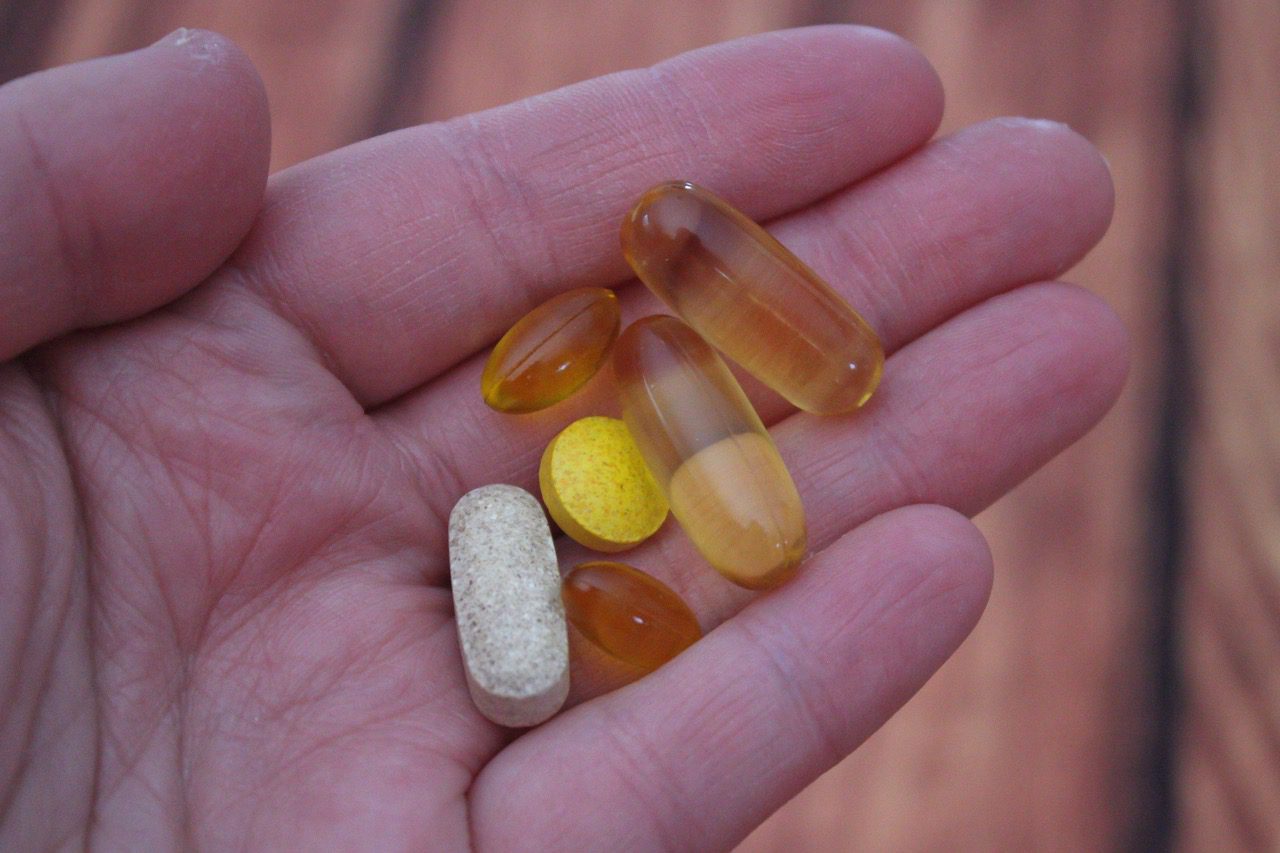How does an IV Drip work



How does an IV Drip work?
IV drips, or intravenous drips, are a common medical treatment used to deliver fluids, medication, and nutrients directly into a patient’s bloodstream. This method of treatment is widely used in hospitals, clinics, and emergency situations because it is quick, efficient, and effective. How does an IV drip work? In this blog, we will take a closer look at how an IV drip works.
What is an IV drip?
IV drip therapy is a method of delivering fluids, medications, or nutrients directly into a patient’s bloodstream through a vein. The fluid is typically delivered using a flexible plastic tube, called a catheter, that is inserted into a vein in the patient’s arm or hand. The catheter is attached to a bag or bottle containing the fluid, which is then infused into the patient’s bloodstream over a set period of time.
How does an IV drip work? An IV drip or IV drip at home are customized based on individual health and wellness needs, with some containing electrolytes and salts, while others contain sugars, vitamins, and antioxidants. Commonly used ingredients include saline, which is a solution of salt in water and is ideal for dehydration and hangovers due to its electrolyte content. Vitamins and antioxidants provide energy and boost the immune system. Electrolytes, such as sodium, potassium, calcium, bicarbonate, magnesium, chloride, and phosphate, regulate essential bodily functions such as nerve and muscle function and blood pressure.
In addition to these common ingredients, Westside Wellness offers various other components, including anti-nausea and anti-inflammatory medication to alleviate hangover symptoms. As a drip hydration therapy spa, we tailor our drips to address specific patient needs. For example, our Fat Burner IV Drip aids weight loss and contains a metabolism booster, while our Super Immune Boost is designed to combat the long-term effects of illnesses like Covid-19. Many of our IV drip therapy is formulated to strengthen the body’s defenses against viruses, bacteria, and seasonal allergies. It is important to consult with a healthcare professional before undergoing IV drip therapy.



How does an IV drip work?
The process of administering an IV drip is straightforward and involves the following steps:
Step 1: Select the appropriate vein
The first step in administering an IV drip is to select an appropriate vein. The most common veins used for IV drip therapy are located in the arm or hand. In some cases, a specialized nurse or doctor may need to use a different vein, such as one located in the foot or neck.
Step 2: Clean the area
Before inserting the catheter into the patient’s vein, the area must be cleaned with an antiseptic solution to prevent infection.
Step 3: Insert the catheter
Once the area is clean, the catheter is inserted into the vein. This is typically done using a needle that is then removed once the catheter is in place.
Step 4: Connect the IV
Once the catheter is in place, the IV drip therapy is connected to the catheter. The fluid is typically contained in a bag or bottle that is hung from a pole, which is then connected to the catheter via tubing.
Step 5: Adjust the flow rate
The flow rate of the IV drip at home is carefully controlled to ensure that the patient receives the appropriate amount of fluid over the prescribed period of time. This is typically done using a device called a flow regulator, which can be adjusted to increase or decrease the flow rate.
Step 6: Monitor the patient
While the IV is being administered, the patient’s vital signs, such as blood pressure and heart rate, are monitored to ensure that they are stable, and that the treatment is having the desired effect. If any issues arise, such as an allergic reaction or a blockage in the catheter, the IV drip may need to be adjusted or discontinued.
Intravenous drips are a vital part of modern medical treatment, and they have revolutionized the way that fluids, medications, and nutrients are delivered to patients. Understanding how does an IV drip work can help patients and their families feel more comfortable with this common medical treatment and can help healthcare providers deliver more effective care.
IV drip at home contain a variety of nutrients, including electrolytes, salts, sugars, vitamins, and antioxidants. The concoction of each drip is tailored to meet the unique health and wellness needs of individual patients.
While the effectiveness of oral vitamin and mineral supplements remains uncertain, some studies suggest that specific supplements may be beneficial for certain groups, such as older adults or vegans and vegetarians. However, the absorption rate of contained vitamins in oral supplements is often less than 10% due to various factors, such as tablet coating and digestive health.



How does an IV drip work?
In contrast, IV drip at home deliver nutrients directly into the bloodstream, maximizing absorption. Each IV infusion contains a precise mix of vitamins, minerals, and amino acids, with saline being the preferred fluid carrier. Westside Wellness has a range of intravenous nutrition drips which has been thoroughly researched and developed by leading medical doctors, naturopathic doctors, and nutritionists.
If your doctor has prescribed an IV for you and has determined that it is safe for you to receive it at home, you will need to work with a healthcare provider who is experienced in administering IV therapy. This may be a nurse, a home healthcare provider, or another qualified medical professional.
Before starting an IV drip at home, you will need to ensure that you have all the necessary equipment, including the IV catheter, tubing, and fluid bag. You will also need to follow strict hygiene protocols to minimize the risk of infection.
It is essential to monitor your vital signs during the administration of the IV drip, including your blood pressure, heart rate, and oxygen saturation levels.
Westside Wellness’s IV therapies are based on evidence-based treatments to ensure maximum effectiveness and minimal side effects. The range is free from preservatives, gluten, genetically modified organisms, sugar, heavy metals, hexane, and animal-based substances. IV therapies have a long history of use as a safe treatment method, and our drips have a safety record!






